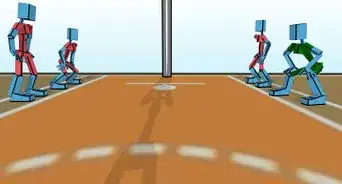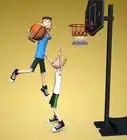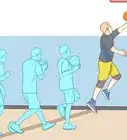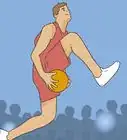This article was co-authored by Ryan Tremblay. Ryan Tremblay is a Basketball Coach and the Owner of National Sports ID and STACK Basketball. With over 30 years of experience, Ryan specializes in basketball coaching, social media marketing, and website design. Ryan created the National Sports ID as a platform to verify the age/grade of youth athletes and STACK Basketball to inspire young athletes to grow into mature individuals and basketball players. Ryan was a First Team All-Decade basketball player in Bergen County and finished in the top 20 all-time leading scorers in the county’s history with 1,730 points. He went on to Caldwell University on a basketball scholarship where he was part of three championship teams. Ryan was a two-time All-Metropolitan, All-State, and All-Conference point guard and the all-time three-point leader in the school’s history, landing him in the Caldwell University Athletic Hall of Fame.
There are 7 references cited in this article, which can be found at the bottom of the page.
This article has been viewed 66,207 times.
The reverse layup and its variations, like the finger roll or teardrop, have been made famous by NBA all-stars like Michael Jordan, Scottie Pippin, and Stephen Curry.[1] To make this shot, you'll need to drive across the court and shoot the ball underhand into the basket.[2] Though this may sound simple, the mechanics behind performing this move smoothly can take time and practice. After you learn how to do the reverse layup, there are ways you might improve your technique and variations you can use to make your reverse layup more versatile.
Steps
Learning the Basic Reverse Layup
-
1Start your layup outside the key on either side. Technically, it's possible to perform a reverse layup at a closer distance. However, for the purpose of mastering the mechanics of this technique, you should begin your approach for this shot outside the key.
- There are many angles of attack you could use for the reverse layup, but all traditional ones drive from either side of the free throw lane to the opposite side of the basket.
- True beginners can locate the key on the court by looking for the keyhole shape formed by the paint of the free throw lane and the semicircle at the top of that lane.[3]
-
2Make a buffer between you and the defender to cut inside. If a defender sees you coming, they might block you from cutting to their inside (towards the basket) and crossing to the opposite side of the hoop. Try to create enough space between you and the defender that you have a clean route to drive to the baseline.
- The baseline is the boundary line for either side of the court directly underneath the basket of each time.
- While approaching the basket for your reverse layup, you might juke to the outside (away from the basket) to throw off the defender, then cut hard to their inside to the opposite side of the basket.[4]
Advertisement -
3Drive to the baseline. Now that you've created space enough for your approach, drive to the baseline of the opposite side of the basket. When you are about two steps from the opposite side of the rim, you'll need to take hold of the ball and prepare to make the shot.
- You may have to adjust to defense while taking this shot. This may mean that you have to begin the jump for your reverse layup a step early or late and adjust accordingly.
-
4Jump outwards towards the opposite side of the rim. As you cut across the free throw lane to the baseline, one side of your leg will face inside (toward the basket), and the other outside (toward the court). Drive downward off your inside leg and jump toward the opposite side of the rim.
- The reverse layup can be shot from either side of the free throw lane. No matter which side you approach from, always jump off your inside leg.
- When jumping, it is often instinct to look down or at the ball. Losing sight of the basket will only hurt your shot. Incline your head slightly while jumping to keep the basket in view.[5]
-
5Delay the pickup of your reverse layup before the shot. An instant after you begin your jump, you'll need to take the ball and make the shot. When taking hold of the ball, delay your pickup slightly so you grip the ball high in the arc of its bounce. The ball should be at about chest level before you make the shot.[6]
-
6Make the shot. At this point, one of your hands will be facing inside (toward the basket) and the other outside (toward the court). Take the ball in your outside hand while jumping, extend your arm, and flip the ball off the backboard and into the hoop.[7]
- Unlike many distance shots, the reverse layup doesn't require you to shoot from the knees. Instead, focus on a strong, consistent, clean shooting motion.[8]
Improving Your Reverse Layup Technique
-
1Shoot closer to the baseline to protect your shots. The closer you shoot to the baseline, the more your shot will be protected from potential blocks by the backboard. However, as you approach the baseline, your shooting angle will diminish. This can make for a more challenging shot to some.
- In many cases, defense will determine just how close you can get to the basket. You may not always be able to perform the layup close to the baseline.
- Taller and more aggressive defense may require reverse layups to be very close to the baseline.[9]
-
2Add spin to your shot for better backboard action. Spin on your ball will cause it to grip the backboard, allowing you to utilize more of the backboard when making your shot. As you release the ball, flick your wrist slightly to impart spin to the shot.
- Each basketball player is different, so you should experiment with how you flick your wrist and the intensity with which you flick to find the way that works best for you.[10]
-
3Drill your reverse layups. To be able to perform this shot in an instant on the court, you'll need it to be second nature. This means you'll have to practice it until the mechanics are deeply ingrained in your muscle memory. To drill for the reverse layup, you might:
- Place four cones on the key. One cone should be placed at each elbow, and one at each second free throw block.
- Start behind either elbow cone. Fake a shot, like you might while creating a buffer between you and the defense to cut to the inside, then take a single step back with your right foot.
- Push off with your back right foot and cut to the hoop on the outside of the cones. When you are beside the cone at the second free throw block, drive to the baseline.
- Shoot the reverse layup. Jump off your inside foot, delay your ball pickup slightly, and use your outside hand to flip the ball off the backboard and into the basket.[11]
Performing Variations
-
1Attempt a finger roll. This kind of shot travels higher in the air than the traditional reverse layup, which means it can get over defenders that might otherwise block it. However, this move can be difficult to master, and it has the disadvantage of being one-handed, which makes it more vulnerable. To perform this variation:
- As you pick up the ball to make a traditional reverse layup, keep the ball firmly palmed and begin extending your arm to the basket.
- When you near the backboard, extend your fingers and allow the ball to roll off your fingertips, sending the basketball off the backboard and into the basket.[12]
-
2Try out the teardrop. The main feature of this variation is its early release before a defender can meet you and block the shot. This can take defense by surprise and give you the opening you need. To shoot the teardrop:
- Approach the defense and read the situation. If you're up against players significantly taller who might give you blocking grief, you're in a good position to shoot the teardrop.
- Begin your approach as you would a traditional reverse layup, but begin your inside leg jump while still on the fringes or center of the key. This should be initiated while there is still a gap between you and the defense.
- Bring up your outside leg as you spring upward to follow the raising motion of your outside arm, which should be holding the ball. Straighten your arm and leg as you reach the top of your jump, and shoot the ball at the basket.
- When shooting, loft the ball in a high arc with a soft touch, and decrease the ball's rotation by using a lighter touch than usual in your follow through.[13]
-
3Alternate between variations for greater versatility. The traditional reverse layup, the finger roll, and the teardrop all have strengths and weaknesses. Which of these best suits your situation will depend on circumstance, so being able to alternate between these styles easily will strengthen your offensive game.
References
- ↑ http://www.nytimes.com/2013/05/09/sports/basketball/with-teardrop-shots-nbas-little-guys-gain-upper-hand.html?pagewanted=all
- ↑ http://www.sportingcharts.com/dictionary/nba/reverse-lay-up.aspx
- ↑ https://www.youtube.com/watch?v=IGcalXmWUwA&feature=youtu.be
- ↑ http://hoopsu.com/how-to-shoot-a-layup/
- ↑ https://www.youtube.com/watch?v=IGcalXmWUwA&feature=youtu.be
- ↑ http://hoopsu.com/how-to-shoot-a-layup/
- ↑ https://www.youtube.com/watch?v=IGcalXmWUwA&feature=youtu.be
- ↑ http://hoopsu.com/how-to-shoot-a-layup/
- ↑ https://www.youtube.com/watch?v=IGcalXmWUwA&feature=youtu.be
- ↑ http://hoopsu.com/how-to-shoot-a-layup/
- ↑ https://www.youtube.com/watch?v=IGcalXmWUwA&feature=youtu.be
- ↑ https://www.youtube.com/watch?v=UJi3oVq5r6M
- ↑ https://www.youtube.com/watch?v=_LGKqZVQvzw
- ↑ Ryan Tremblay. Basketball Coach. Expert Interview. 13 November 2020.
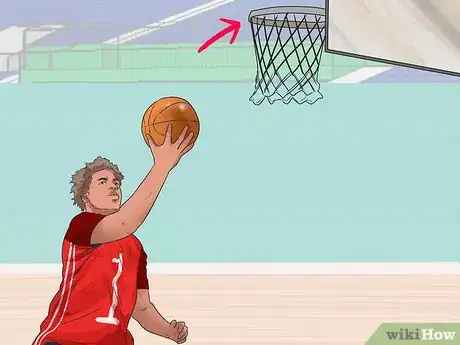
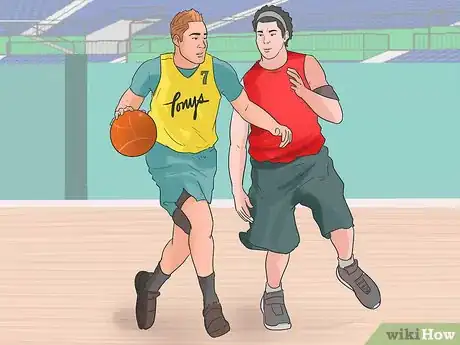
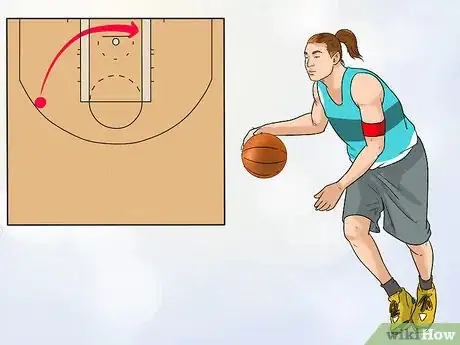

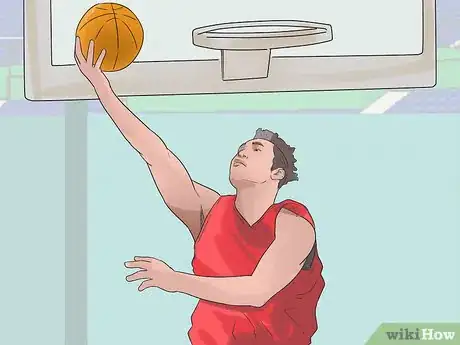
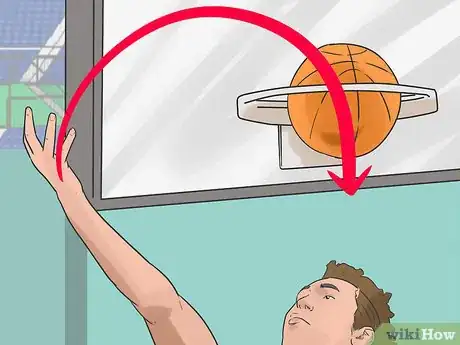

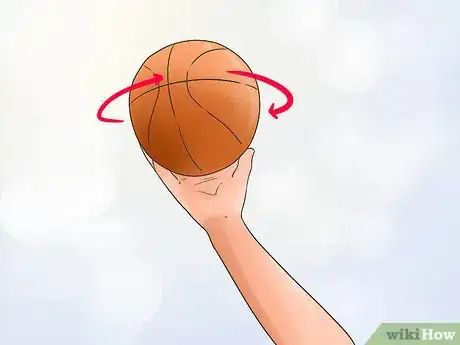

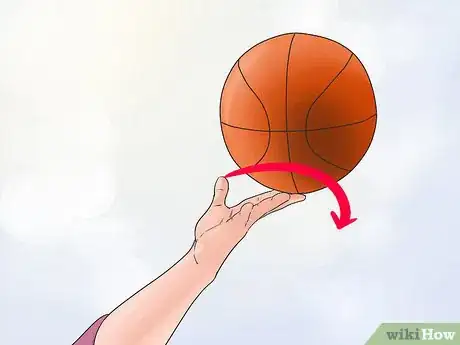
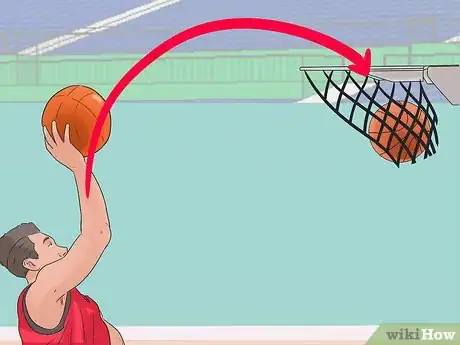

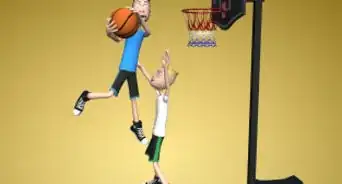
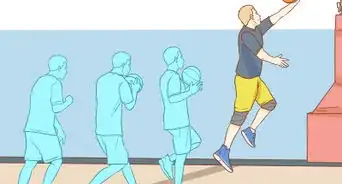
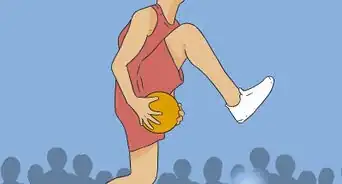
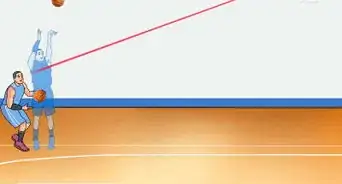
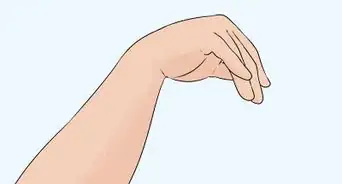

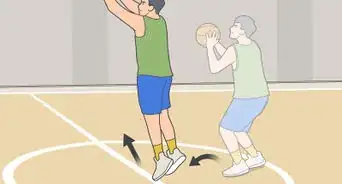
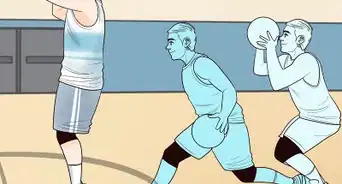
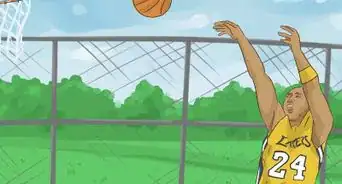
-Step-13.webp)
